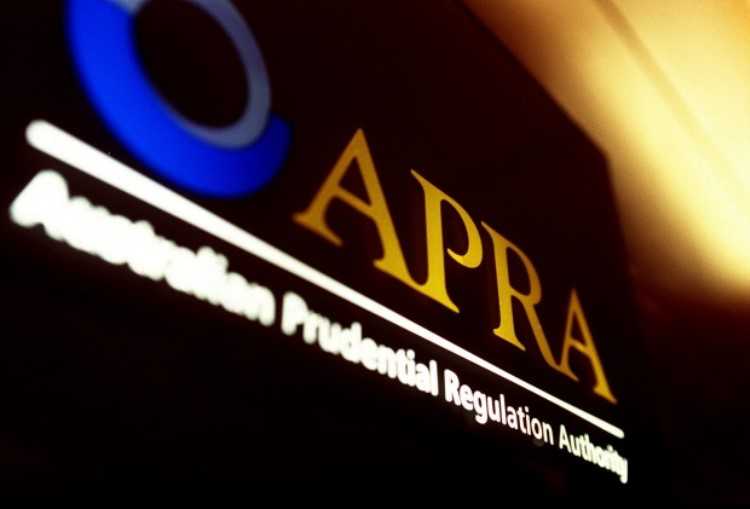
The Australian Prudential Regulation Authority’s (APRA) strict limits on investor borrowing and riskier lending appear to be slowing the housing market, with the latest figures from the regulator showing a decline in the value of loans held by the banks.
However, separate data from the Reserve Bank of Australia (RBA) indicate that borrowers may be shifting to unregulated lenders in a bid to escape rising interest rates and tougher lending standards.
APRA’s latest statistics show an overall 0.1% decline in the value of mortgages held on the books of the regulated banking sector, declining to $1.57trn worth of outstanding loans in August.
While there was a 0.1% increase in owner-occupier loans in August, investor loans – which make up a third of all mortgages in the lending market – fell by 0.5%.
Martin North, principal of Digital Finance Analytics (DFA), said the latest figures provide proof that APRA’s macro-prudential measures are working.
The figures come at the same time as UBS analyst Claudio Saputelli’s warning that Sydney is at risk of a housing bubble, and that there is an “elevated risk” of an overheated housing market.
Saputelli singled out foreign investment as one factor fuelling price growth. “Sydney’s housing market has been overheating since the city became a target for Chinese investors several years ago,” he said. “Low interest rates, rising wealth and exuberant expectations also buoyed local demand. So valuations soared and pushed the market into a bubble risk zone.”
APRA launched new rules towards the end of March, telling banks to restrict higher-risk interest-only loans to 30% of new residential mortgages. Up until that point, more than 40% of loans being sold to customers were interest-only, requiring no payment on the loan’s principal for about five years.
The financial regulator considers these loans to be risker than borrowers who pay down principal and interest, as interest-only loans are typically held by borrowers who cannot afford to pay down principal.
Rules announced in late 2014 also require banks to keep growth in lending to investors below 10% annually in a bid to cool runaway housing prices in the east coast capitals.
Many banks have recently begun to lower interest rates on their loan products. According to North, this is because lenders are “desperate to grow their books in a falling market.”
“This explains all the discounts and special offers we have been tracking in the past few weeks,” he added.
As a consequence of all this tightening, lending activity may be shifting to the shadow bank sector.
RBA financial aggregates data released towards the end of September (which takes into account unregulated lending), shows a 0.5% rise in housing credit in August. Owner-occupier lending was up 0.7% and lending to investors rose 0.1% during that month.
Although this year’s federal budget has proposed giving APRA the power to regulate non-banks, the unregulated sector continues to grow as borrowers face more stringent lending standards in the regulated sector.
Collections: Mortgage News


Share